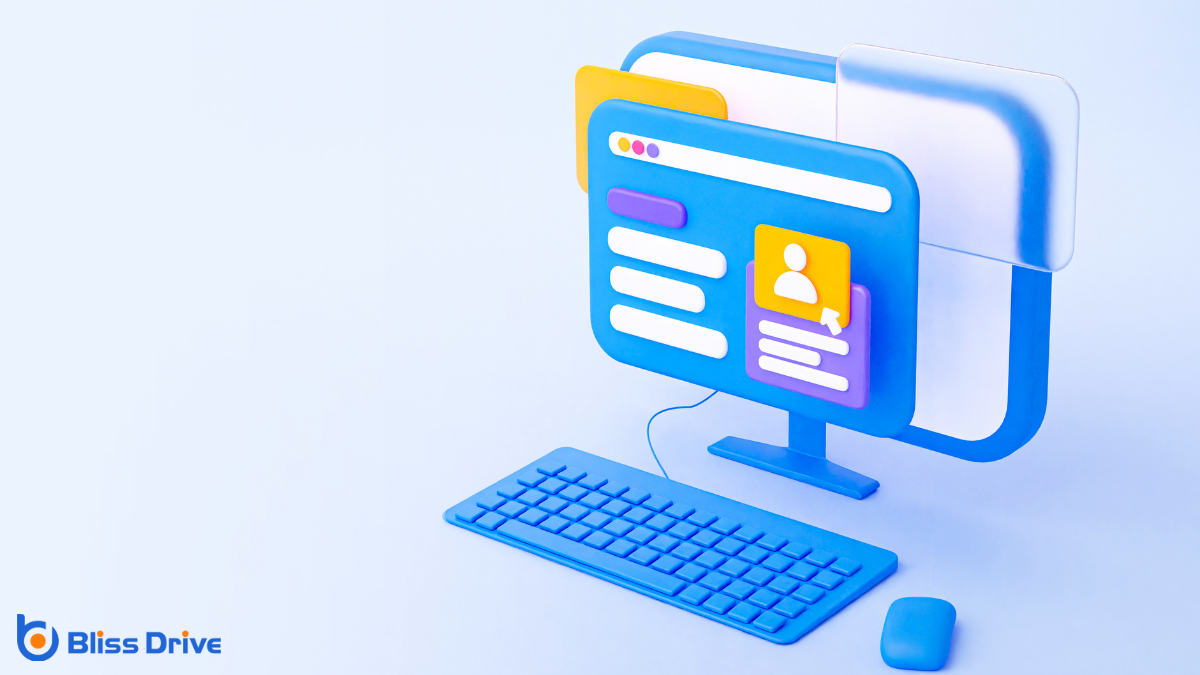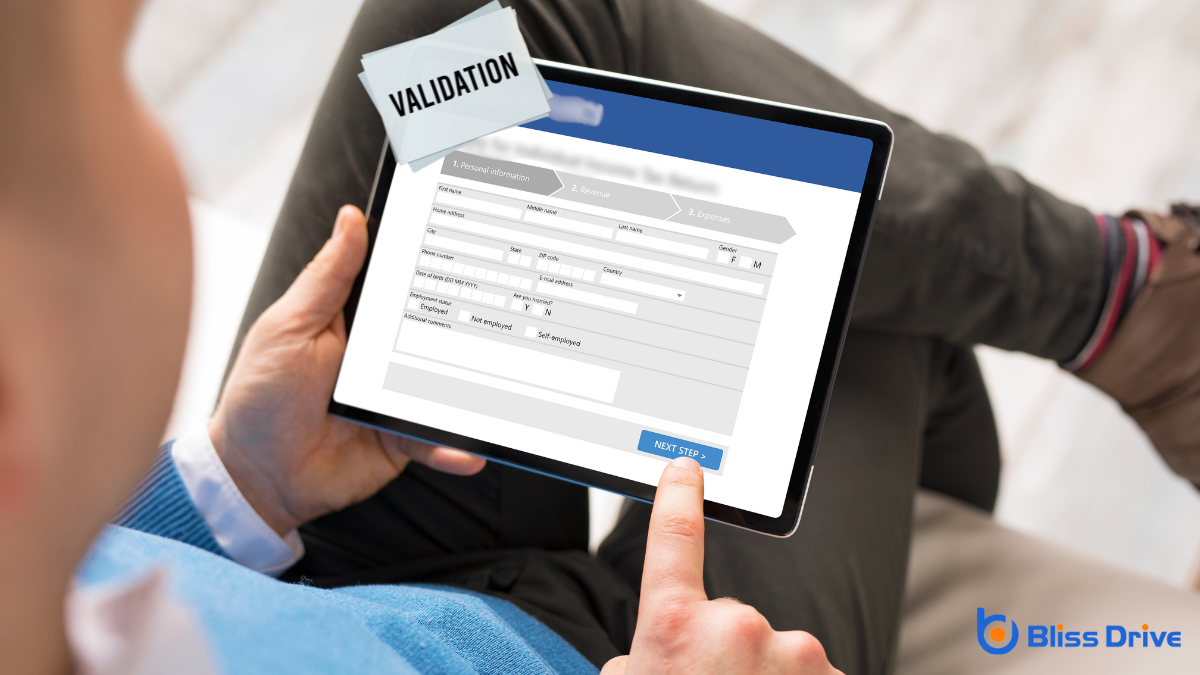Learn More About Us

Forms are essential in user experience design as they’re primary interaction points in web and mobile apps. They must be intuitive, simple, and accessible to keep users engaged and reduce abandonment. Real-time feedback, clear error messages, and logical sequencing enhance usability, while alignment with business goals increases conversions. Tracking and analyzing submissions help optimize forms, ensuring they meet user needs effectively. For a deeper understanding, explore the key elements and strategies further.
When designing forms for user experience, it's crucial to grasp what users expect from the interaction. You need to guarantee that forms are straightforward and meet typical expectations, like clear labels and logical flow.
Users anticipate simplicity—minimal fields, auto-fill options, and helpful error messages. They expect forms to guide them seamlessly, so avoid overwhelming them with unnecessary details or complicated instructions.
Consider the context in which the form is used; users might be in a hurry or on mobile devices. Always think about accessibility, making certain everyone can easily engage with the form.

Although often overlooked, intuitive form design is a cornerstone of effective user experience. When you’re crafting forms, making them intuitive guarantees users can interact with them effortlessly. Users shouldn’t struggle to understand what information to provide or where to input it. Instead, forms should feel natural, guiding users seamlessly from field to field.
Consider the frustration of a poorly designed form—confusing labels, unclear instructions, or an illogical sequence can leadA potential customer referred by an affiliate who has shown interest in the product or service but h... to user abandonment. You want to prevent this by guaranteeing your forms are logical and straightforward. Use clear language and consistent design patterns.
Intuitive forms reduce cognitive load, allowing users to focus on their tasks rather than figuring out the form itself. By prioritizing intuitive design, you enhance user satisfaction and engagementThe interactions that users have with a brand’s content on social media..
To create effective forms, start by focusing on clarity and simplicity. Make certain each field is clearly labeled and only ask for necessary information. Users should easily understand what’s required without second-guessing.
Use logical sequencing so that fields flow naturally from one to the next, guiding users through the process smoothly. Minimize distractions by keeping the design clean and uncluttered.
Group related fields together and use whitespace effectively to improve readability. Be consistent with input formats, which reduces user frustration. For example, if you require a phone number, specify the format with placeholder text.
Provide real-time feedback to help users correct errors promptly. Display clear error messages that specify what needs fixing, making for a smoother experience and increased form completion rates.
Creating accessible and inclusive forms is essential for ensuring all users, regardless of their abilities, can interact with your platform effectively. You need to contemplate factors like screen reader compatibility, keyboard navigation, and color contrast.
Use clear labels and instructions, so users understand what information is required. Implement ARIA (Accessible Rich Internet Applications) roles and properties to help assistive technologies convey form elements accurately.
Think about users with cognitive disabilities by keeping forms simple and avoiding unnecessary complexity. Provide feedback for errors in a way that's easy to understand.

To enhance usability in forms, prioritize real-time error detection to alert users instantly about input issues.
Implement user input constraints to guide them toward acceptable entries, minimizing mistakes.
Provide clear visual feedback cues, like color changes or icons, to make corrections intuitive and quick.
Although real-time error detection in form validation might seem like a minor detail, it plays an essential role in enhancing user experience. Imagine filling out a form and receiving immediate feedback when something's off. This instant response helps prevent frustration and keeps users engaged by guiding them to correct mistakes right away.
You don't have to wait until submission to find out there's an error, which saves time and reduces annoyance. Incorporating real-time validation into your forms not only boosts usability but also builds user confidence.
Users feel reassured knowing their entries are correct before proceeding, leading to higher completion rates. By providing clear, actionable messages, you help users understand and fix errors promptly, making the form interaction smoother and more efficient.
When designing forms, imposing user input constraints can greatly enhance usability and streamline the validation process. By setting clear boundaries, you help users enter data correctly the first time, reducing errors and frustration.
Constraints guide users towards the expected input format, ensuring data consistency and accuracy. Consider these benefits:
Effective visual feedback cues are essential in enhancing form usability by guiding users through the validation process.
When you fill out a form, immediate feedback can reduce errors and frustration. For instance, color changes, icons, or messages can indicate success or highlight mistakes.
Red highlights might signal errors, while green can confirm correct input. This instant communication helps you understand what’s needed without guesswork.
To enhance user experience, it’s vital to focus on reducing friction through streamlined workflows. By simplifying the form completion process, you can improve user satisfaction and efficiency.
Start by minimizing the number of fields users need to fill out. Only request necessary information to prevent overwhelming them. It’s also important to guide users clearly from start to finish, ensuring they know what’s expected at each step.
Consider these strategies to streamline workflows:
These tactics can greatly enhance the user experience and reduce form abandonment rates.
As technology evolves, it transforms how forms can interact with users, making the experience more intuitive and engaging. You can harness advanced features like real-time validation, auto-complete, and conditional logic to make forms more responsive. These tools help users by instantly providing feedback or hiding unnecessary fields, reducing errors and frustration.
JavaScript libraries and frameworks, such as React or Angular, allow you to create dynamic, interactive forms that adapt to user input seamlessly. With APIs, you can integrate external data sources, enabling auto-suggestions or pre-filled fields based on user behavior.

To truly understand how your forms are performing, start by analyzing submission rates and pinpointing where users drop off.
By identifying these drop-off points, you can gain insights into potential barriers within the form.
Optimizing field interactions based on this data will help enhance user engagementThe level of interaction and involvement users have with social media content. and improve overall form efficiency.
Understanding how many users complete and submit your forms is essential for evaluating their effectiveness. You can gauge user engagement and make informed decisions to improve the user experience by analyzing submission rates.
To start, track the number of form submissions over a specific period. This data helps you understand trends and user behavior. Use analytics toolsSoftware used to track and analyze website performance, user behavior, and marketing efforts. to gain insights into user interaction with your forms.
Here's what you should focus on:
These steps will help you refine your approach and enhance user satisfaction.
Pinpointing where users abandon your forms is essential for optimizing their design and boosting completion rates. First, analyze your form’s analyticsThe systematic computational analysis of data or statistics to gain insights and support decision-ma... data to identify specific fields or pages where users drop off. Pay attention to patterns, such as a high drop-off rate at a particular question or section. These insights can reveal potential friction points that frustrate or confuse users.
Next, consider implementing tools like session recordings or heatmaps. These tools provide visual representations of user interactions, helping you spot trends and behaviors leading to abandonment. With this information, you can better understand what's causing users to leave.
Finally, gather user feedback through surveys or direct communication to gain firsthand insights. Understanding why users abandon forms can guide effective improvements.
After identifying where users abandon your forms, focus on making each field interaction seamless and engaging. Start by simplifying the fields, guaranteeing that each one serves a clear purpose. Users appreciate forms that are easy to navigate and understand, which boosts their engagement.
Pay attention to the feedback users receive as they complete a form. Instant validation, error messages, and helpful tips can make a significant difference.
To optimize field interactions, consider the following:
Effective form design should seamlessly align with your business objectives, guaranteeing that every interaction supports your overarching goals. By focusing on what you aim to achieve, you can tailor forms to capture relevant data, streamline processes, and enhance user satisfaction.
Start by identifying key objectives: Are you trying to increase conversions, gather insightful feedback, or build a loyal customer base? Each goal requires a unique approach to form design.
Consider the user's journey. Simplify the experience by reducing unnecessary fields, thereby minimizing abandonment rates. Make sure forms are intuitive and guide users effortlessly from start to finish.
Aligning form design with business objectives not only improves UX but also contributes to your organization's success. A strategic approach guarantees forms aren't just functional, but pivotal in achieving goals.
Incorporating well-designed forms in your UX strategy is vital for meeting user expectations and achieving business goals. By focusing on intuitive design, accessibility, and streamlined workflows, you enhance usability and reduce friction. Utilize technology to create dynamic, engaging forms and prioritize validation to guarantee accuracy. Don’t forget to measure performance and user engagement to continuously improve. Align your form design with business objectives to deliver a seamless and effective user experience that benefits both users and your organization.
